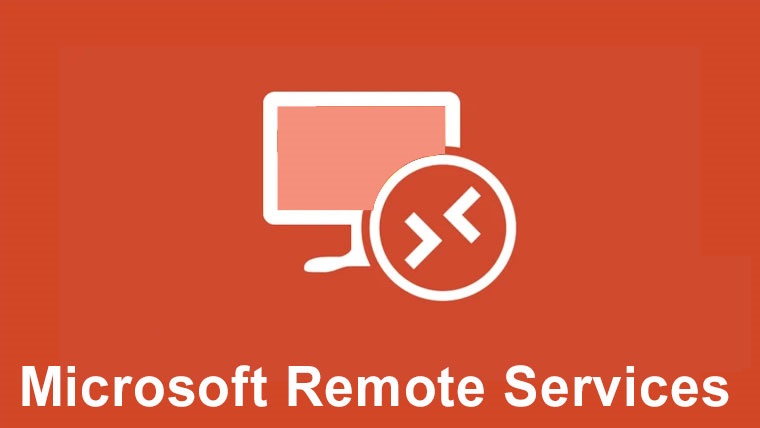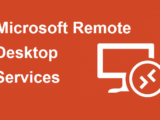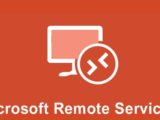
Configure an RDS deployment – Standard mode
30 March 2020We had seen how to configure an RDS server in single server quick start mode , in this article I will guide you through a complete deployment of multiserver RDS.
- Remote Desktop Services Installation – Standard deployment
- Remote Desktop Services Collections – Standard deployment
- Exploring Remote Desktop Services deployment properties – Standard deployment
- Remote Desktop Services Web Access – Standard Deployment
- Single sign-on Remote Desktop Services – Standard deployment
- High availability Remote Desktop Services – Standard deployment
- Remote Desktop Services User Profile – Standard Deployment
- High availability Broker Connection – Standard deployment
- Remote Desktop Session Host Load Balancing – Standard Deployment
- Remote Desktop Services Gateway – Standard Deployment
- Remote Desktop Services License – Standard deployment
- Virtual Office Infrastructure (VDI) Remote Desktop Services – Standard Deployment
Before going into details it is important to understand what are the main RDS components and the RDS deployment options (Standard, Quick and MultiPoint Services).
Remote Desktop Services Components
RD Session Host (RDSH)
Hosts Windows programs or the full Windows desktop for Remote Desktop clients. Users can connect to a Remote Desktop Session Host server to run programs, save files, and use network resources on that server.
RD Gateway (RDG)
Allows compatible devices to securely connect from the Internet to RD Session Host servers behind a corporate firewall.
RD Web Access (RDWA)
Provides users with a customizable web portal to access session-based desktops, virtual desktops, and RemoteApp programs.
RD Connection Broker (RDCB)
Provides users with a single, personalized and aggregated view of RemoteApp programs, session-based desktops, and virtual desktops. RD Connection Broker supports load balancing and reconnection to existing sessions on virtual desktops, session-based desktops, and RemoteApp programs. The RDCB knows where, who to talk to and what to do with an RDS request.
Remote Desktop License
Manage the Remote Desktop Services client access licenses that are required for each device or user to connect to session-based desktops.
RD Virtualization Host (RDVH)
The RD virtualization host integrates with Hyper-V to provide virtual machines that can be used as personal virtual desktops or virtual desktop pools.
Remote Desktop Services Deployment Type
Standard deployment
This is the best deployment practice, it consists of 3 main roles:
- Connection Broker Remote Desktop Services
- RDWeb Remote Desktop Services
- RDSH Remote Desktop Services
The services will be deployed on 3 different servers. When you choose Standard Deployment Collections, the remote applications and configuration must be configured manually. All installation, configuration, and management of the deployment of the RDS session must be done from the Connection Broker.
Quick Start
It is similar to Standard deployment, but when you choose quick start, all components will be deployed on 1 server. Quick start is a quick way to get an RDS server up and running in minutes. The collection and the remote application will be configured automatically. This type of deployment is not recommended for production, but if you configure RDS for a laboratory or small environment, an all-in-one configuration would save hardware resources.
Multipoint services
This is a new deployment option in RDS from Windows 2016. It was originally designed for use in classrooms and educational institutions. User stations can only consist of a monitor, a keyboard, a mouse (zero customers).
Visits: 4596


